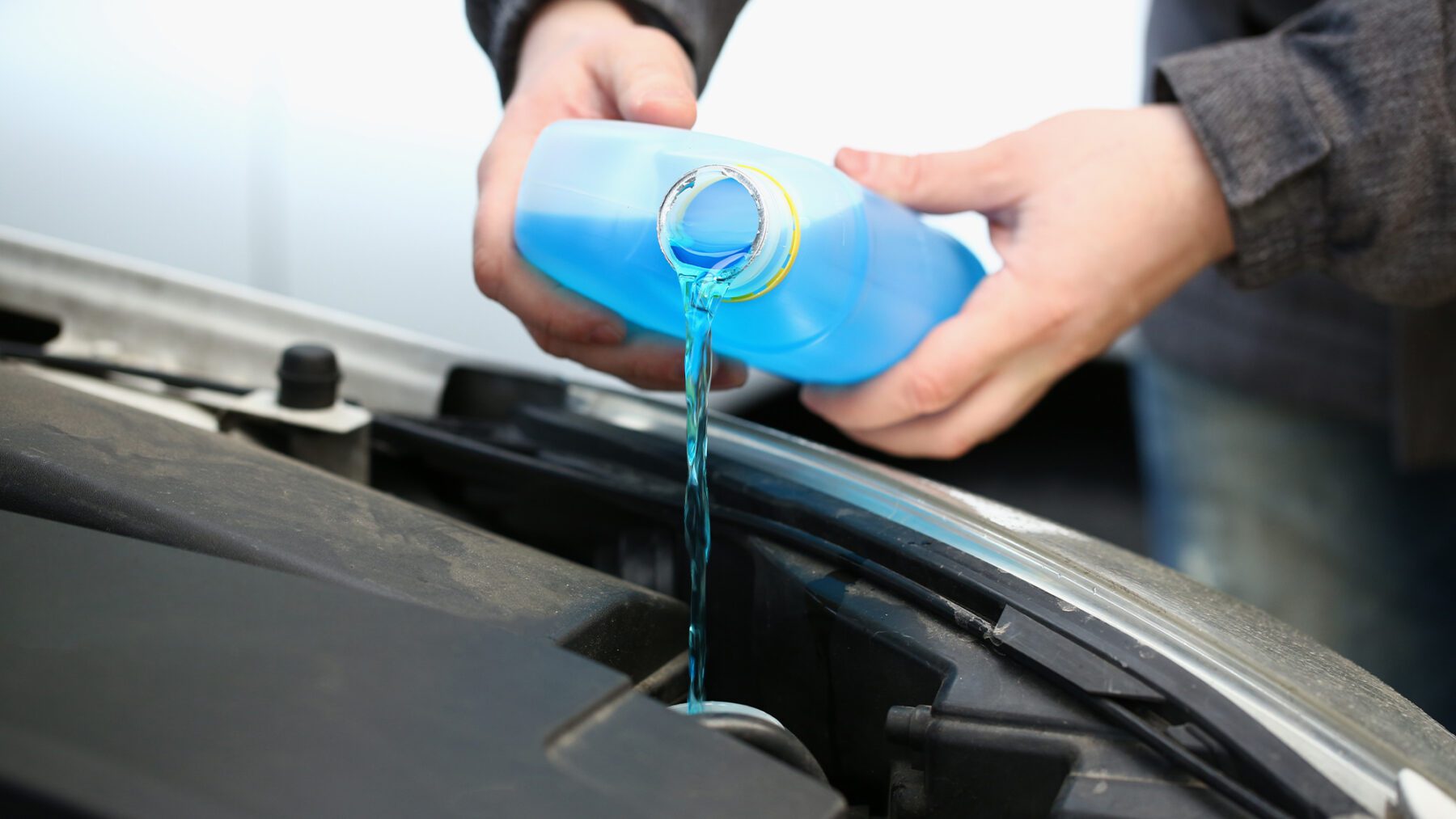What You Need to Know About Coolant Flush Cost and Importance


Every car owner knows maintenance is key to keeping a vehicle in good shape, but some tasks get overlooked. One of these is the coolant flush, an often-underestimated yet critical service. Ignoring it can lead to engine overheating, expensive repairs, and even a complete breakdown.
Understanding coolant flush costs and why this service matters can save you from hefty repair bills. Let’s break down its importance and what you can expect to pay, so you can make informed decisions about your car’s health.
Are Coolant Flushes Necessary?
Yes, coolant flushes are absolutely necessary. Over time, the coolant in your car’s system can degrade, losing its ability to regulate temperature and protect your engine. Without routine maintenance, your cooling system is more likely to corrode, clog, or fail entirely.
A coolant flush helps prevent issues like overheating, which can cause significant engine damage. By flushing out old coolant and replacing it with fresh fluid, you ensure your car operates efficiently and safely.
- Prevents Corrosion: Old coolant can become acidic, corroding metal components in your engine and radiator.
- Removes Contaminants: Flushing clears out debris, rust, and mineral buildup that block coolant flow.
- Improves Efficiency: Clean coolant helps maintain the right temperature for peak engine performance.
How Much Should a Coolant Flush Cost?
The typical coolant flush cost ranges between $200 and $250, though the exact price depends on several factors. Larger vehicles or those with high-performance engines often require more coolant, which can increase the overall cost. Additionally, local labor rates vary, so the price of the service can differ based on your location and the shop you choose. The type of coolant needed also plays a role, as some vehicles require specialized or higher-grade options that come with a higher price tag.
Although this cost might seem significant upfront, regular maintenance like a coolant flush helps prevent expensive repairs in the future. For instance, replacing a damaged radiator or fixing engine-related issues caused by overheating can easily cost hundreds or even thousands of dollars.
When Should You Get a Coolant Flush?
Most manufacturers recommend a cooling system flush every 30,000 miles or every 5 years. However, always check your vehicle’s manual for the recommended interval. If you notice issues like frequent overheating, poor heater performance, or rusty coolant, it’s time for a service sooner rather than later.
Can I Flush the Coolant Myself?
Steps for Flushing Coolant
- Drain the Old Coolant: Locate the radiator drain plug and empty the old fluid into a proper container.
- Flush the System: Use distilled water or a flush solution to clean out debris and residue.
- Add New Coolant: Pour the correct type of coolant into the radiator and overflow tank, following your vehicle’s specifications.
- Remove Air Bubbles: Start the engine and let it run to circulate the new coolant, ensuring no air is trapped in the system.
Risks of DIY Coolant Flushes
- Improper Disposal: Coolant is toxic and must be disposed of correctly to avoid harming the environment.
- Potential Mistakes: Using the wrong coolant or failing to remove all air bubbles can damage your system.
- Time-Consuming: A DIY flush takes much longer than a professional service.
Choosing the Right Coolant for Your Vehicle
- Inorganic Additive Technology (IAT): Common in older vehicles, this type requires more frequent changes.
- Organic Acid Technology (OAT): Typically used in modern cars, it offers longer intervals between replacements.
- Hybrid Organic Acid Technology (HOAT): A mix of IAT and OAT, designed for specific makes and models.
- Check your vehicle’s owner manual for recommendations.
- Consult a professional at HEART Auto Care if you’re unsure which coolant is best.
- Never mix different types of coolant, as this can reduce effectiveness and potentially harm your system.
How to Spot the Need for a Coolant Flush
- Overheating Engine: Frequent temperature spikes can mean old coolant is failing to regulate heat.
- Rusty or Discolored Coolant: Check your coolant reservoir. If the fluid looks brown or dirty, it’s time for a flush.
- Sweet Smell from the Engine: This could indicate a coolant leak or degradation.
- Poor Heater Performance: Inconsistent cabin heat may signal an issue in the cooling system.
Benefits of Professional Coolant Flush Services
- Expertise and Tools: Technicians have the knowledge and specialized equipment to flush the system thoroughly.
- Proper Coolant Disposal: Professionals follow environmental regulations to dispose of old coolants responsibly.
- Comprehensive Inspection: Mechanics check for leaks, corrosion, and other potential issues during the flush.
Common Questions About Coolant Flush Services
Why Understanding Coolant Flush Cost Matters
Keeping up with coolant flush cost and the maintenance of your cooling system is essential for avoiding expensive repairs and ensuring your car performs at its best. Don’t wait until it’s too late—schedule a cooling system flush today.
If you’re located in Wilmette, Northbrook, or Evanston, contact HEART Auto Care for expert car maintenance and repair services. Visit our Contact Us page to schedule your cooling system flush or any other auto care needs today.










